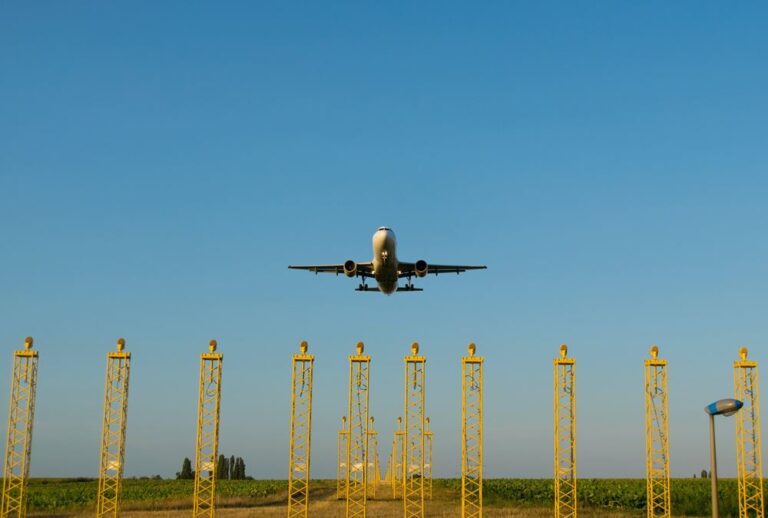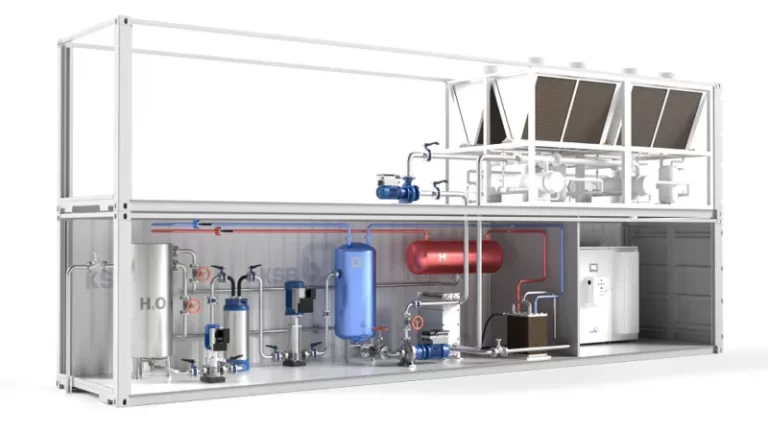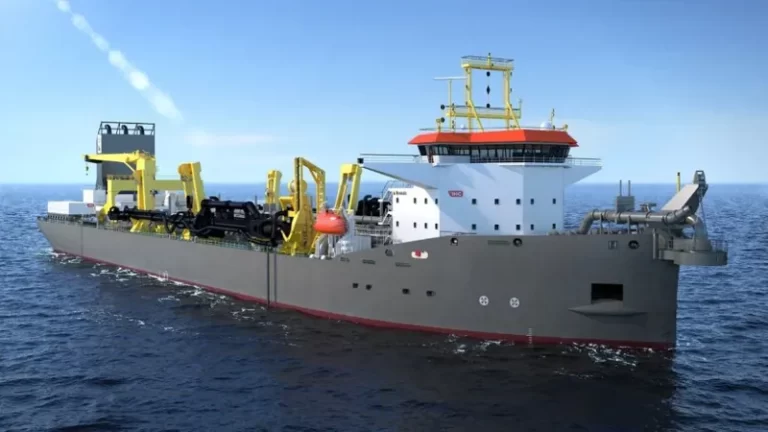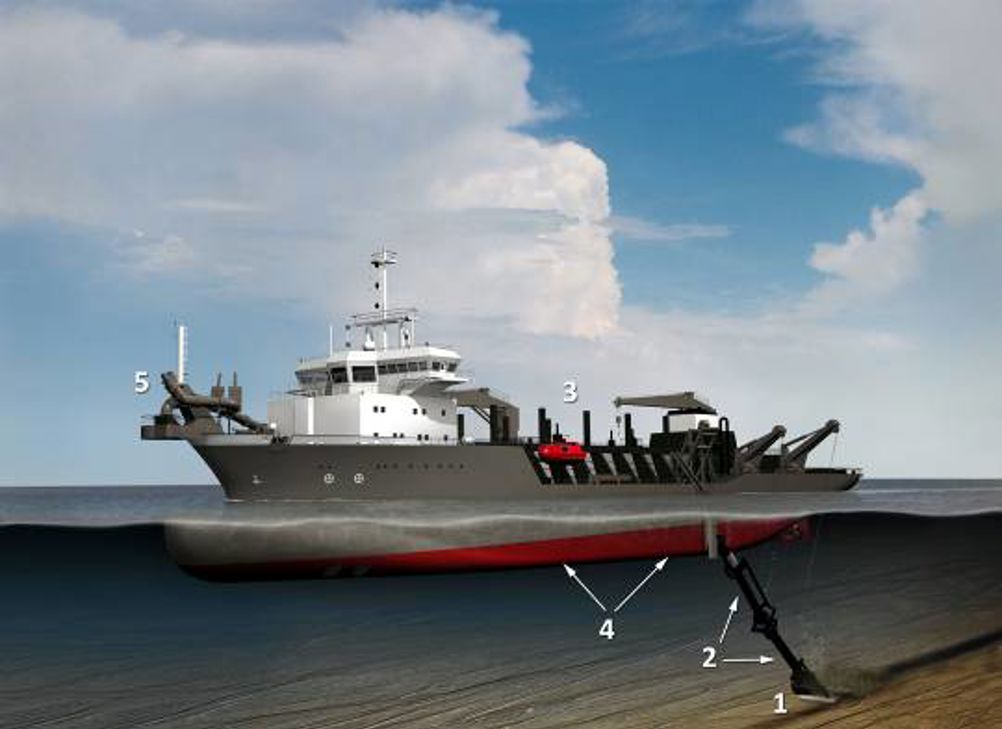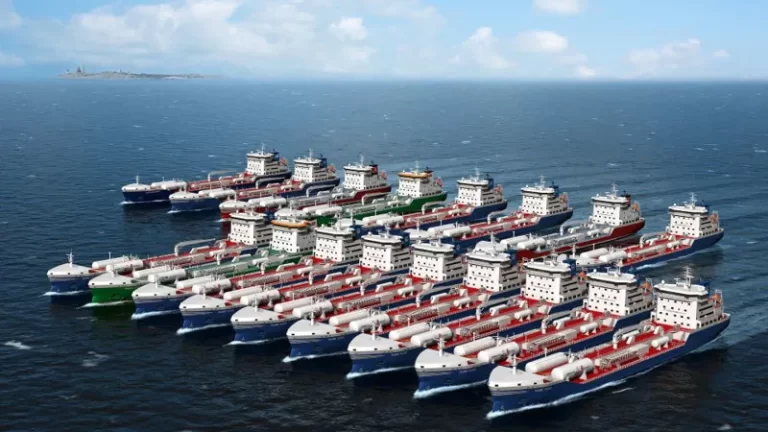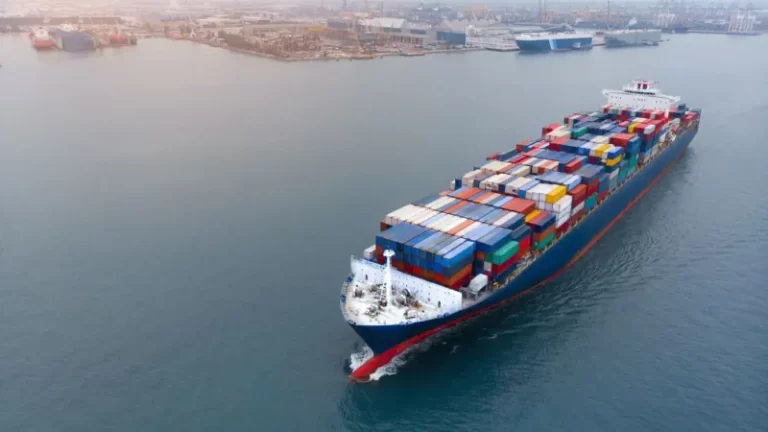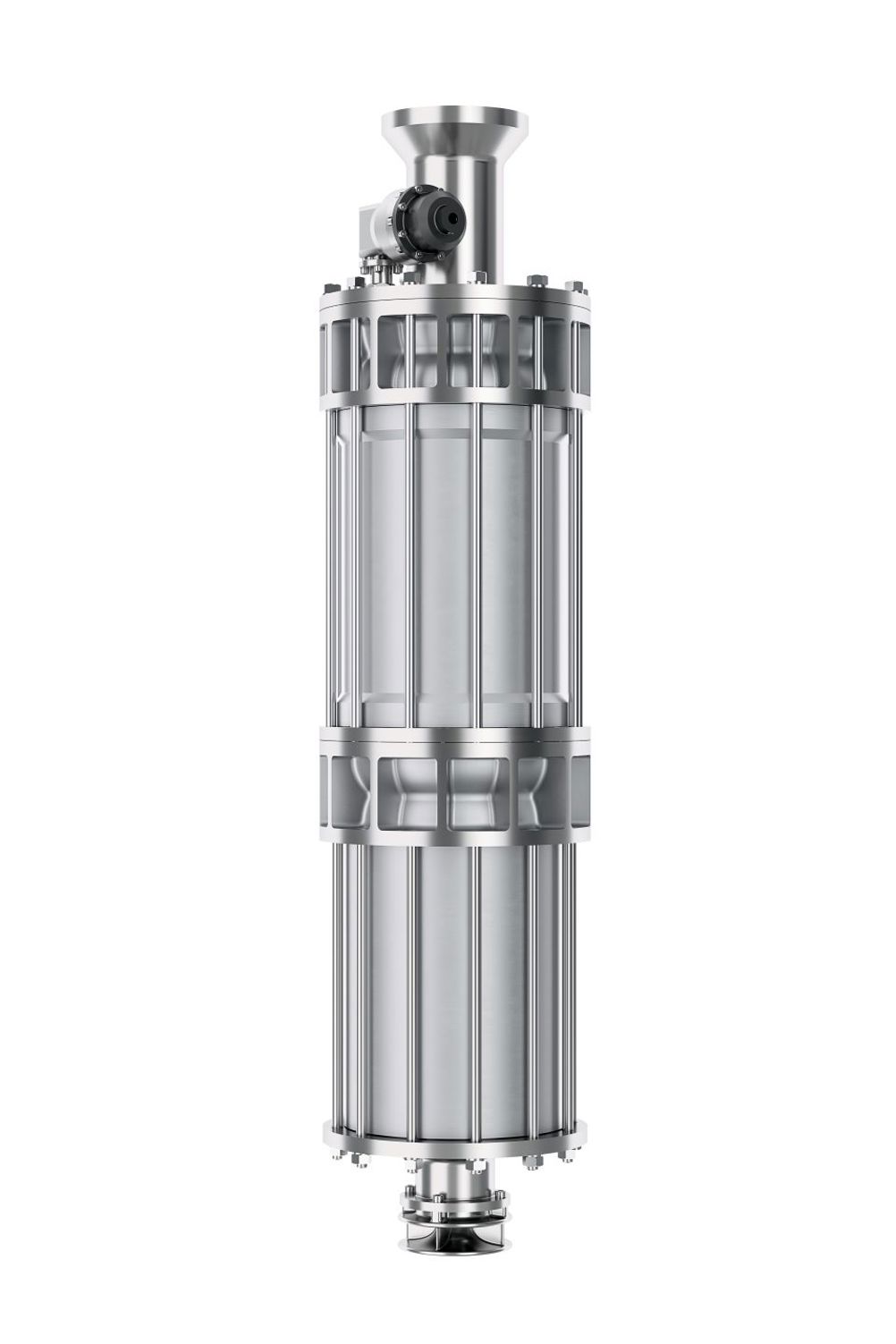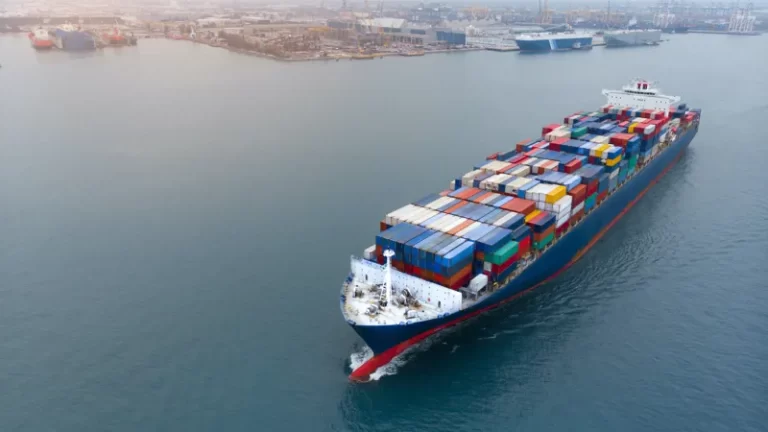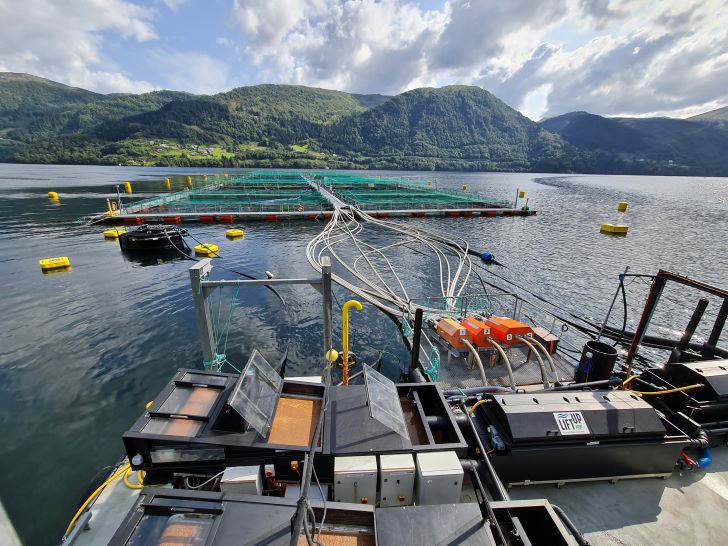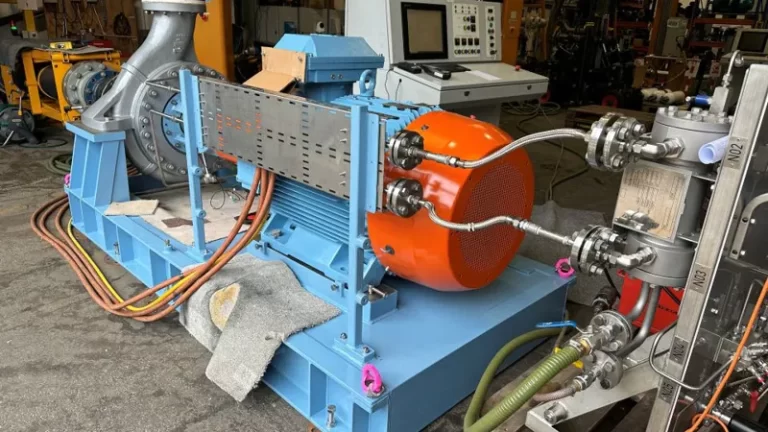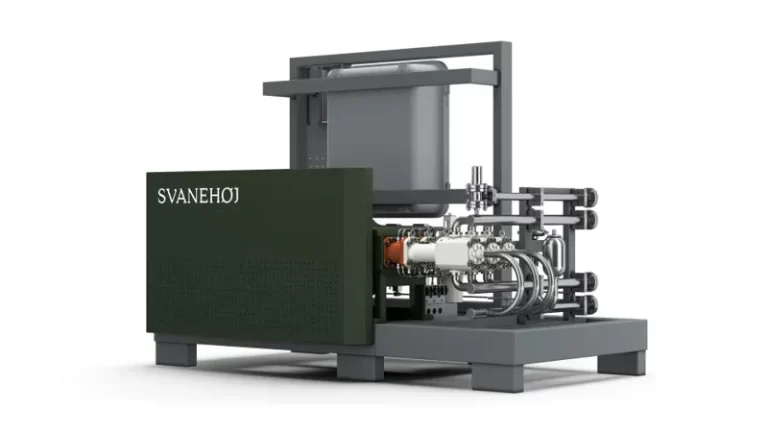Industry 4.0 is now mainstream in manufacturing processes worldwide. Although A&D was slow to adopt initially, it is so well on course with 4.0 implementations.Now among A&D circles, attention is turning to the next evolution of smart and intelligent manufacturing—Industry 5.0. Here, Matt Medley, Global Industry Director, A&D, IFS, analyses the key implications for A&D manufacturing, from humanised robots (cobots) and assistive wearable to build to order and hyper globalisation pullback.
Although Industry 5.0 is still an emerging approach, early understanding is that it is not just the new technology, but a more encompassing approach to the use of technology in a societal environment. This is evidenced by theEuropean Commission Policy Brief that set out its vision for Industry 5.0—“that aims beyond efficiency and productivity as the sole goals and reinforces the role and the contribution of industry to society.” It should complement the existing “Industry 4.0” approach by specifically putting research and innovation at the service of the transition to a sustainable, human-centric and resilient manufacturing industry.
North American organisations, too, have Industry 5.0 in their sights. North American respondents to a recent Boyden Executive Survey were intensely focused on the human core of Industry 5.0, with growth driven by innovation and human capital, and structural change driven by competing for the right talent to leverage digital advances.
There are some core themes shaping Industry 5.0 within A&D manufacturing as it becomes a more established manufacturing approach.
1.Technology 4.5 – the digital thread that is bridging the gap to new manufacturing approaches – Meet the Cobot!
While its foundations have yet to settle one thing is certain—technology is providing an initial steppingstone towards the core themes of 5.0.IoT, additive manufacturing, augmented reality, and digital twins are all processes that have gained credence in factories and assets to make the output of manufacturing projects quicker, more efficient, and data-driven.
This has allowed a “digital thread” to be built across A&D equipment from design, through to prototyping, manufacturing, and even in-service support. Enter the collaborative robot, or “cobot”. The International Centre for Industrial Transformation views Industry 5.0 as “…an add-on to Industry 4.0, building upon the groundwork laid by these smart technologies. While the focus of Industry 4.0 was connectivity, digitalisation and automation, Industry 5.0 highlights the importance of human-robot collaboration and the relationship between man and machine, or ‘cobots’.”
5.0 will build the relationship between man and machine
New technology applications are emerging as part of Industry 5.0 that focus more on the people executing the manufacturing—particularly to improve their physical capability and safety.In an A&D context, we will start to see and indeed are already seeing technology and equipment from a military background becoming commercialised.
Take the example of the Lockheed Martin Onyx Exoskeleton, which uses AI, gathers movement data from users’ feet, knee, and hip sensors and forwards it to a control module stationed on the waist which instructs the exoskeleton to move accordingly to counteract over stress on the back during operations. Commercially, Boeing has been trialing an EksoVest from Ekso Bionics, an upper-body lifting exoskeleton designed to increase productivity and reduce fatigue, and found that it caused an increase in worker speed in test groups of South Carolina mechanics.
Human-centric robotics developments do include the rise of “cobots”, where human operators can efficiently and safely work next to robots to perform key manufacturing tasks. As part of its “Smart Factory 2025” initiative, Audi has flagged one of its key aims to enhance this type of human-robot interaction (HRI). Beyond physical technologies there are also interesting neurological tech applications such as brain-computer interface (BCI), for example Neuralink, giving humans the ability to directly control machines without the physical constraints of the body—but we are some way off before seeing such technology fully commercialised.
2.Human Centricity – 5.0 will make manufacturing desirable again to address the skills shortage
The latest stats from EY, conducted with the Aerospace Industries Association (AIA) and the American Institute of Aeronautics and Astronautics (AIAA), on the state of the A&D manufacturing workforce show the sector is experiencing the same sort of workforce and skills gaps as the wider manufacturing sector.
As many as 69% of A&D manufacturing respondents strongly agree or agree that their organisation’s turnover has significantly increased within the last 12 months—demonstrating the intense competition and lack of readily available labour. Across current workforces there is a strong skew towards older employees—in terms of workforce age composition, survey results showed that employees aged 55 and older represent over a quarter of the workforce (28%), the highest of any age demographic.
Assistive wearables
The increasing development and use of the man/machine and technology/human interface can help provide some immediate relief for current older workers and attract new younger generations into the A&D manufacturing workspace. Assistive wearable tech can help older workers reaching retirement age achieve more power and productivity, putting less strain on them physically and also boosting safety.
With this increasing digital focus, unlike some traditional views of the sector being a lower skilled “blue collar” job market, manufacturing is becoming a more exciting and desirable workplace once again. With more cutting-edge manufacturing and engineering tech, high-skills and high-paid jobs are becoming available as manufacturing becomes smarter and more intelligent.
Make to order – purchasing goes personal: A&D manufacturers will need the digital thread to enable hyper-personalisation
It’s not only employees who stand to benefit from a more people-centric approach within Industry 5.0.Hyper-personalisation is becoming an expected part of everyday life for consumers—consider real-time mobile alerts when walking past a shop or advertising board for a brand or product, or even dynamic digital price tags as individual consumers shop for goods.
This move towards personalisation and individual buyer requirements is already reflected on the production side by customers looking for A&D assets and equipment. Make-to-order, configure-to-order, engineer-to-order, assemble-to-order are becoming common requirements for A&D equipment manufacturing. Smarter factories and digitally-focused products provide that coherent digital thread that can feed data back into the manufacturing process to allow quick changes to improve design, fabrication, and performance.It’s imperative for A&D manufacturers to be agile and offer a broad range of project capabilities to prevent long delays and loss of business.
A&D manufacturers need to stay agile, and that means having some key functionalities in the enterprise software they use. Take the example of Middle Eastern defence manufacturer Calidus, and the manufacturing of its Light Attack aircraft—which manages a complex process of delivering an aircraft or change order to a customer, with critical emphasis on getting the right part to the right place at the right time. Using IFS software has taken away the burden from manual processes which previously could only be achieved by spreadsheet and individual work. To remove any cross-departmental confusion, IFS will standardise data access across the board, meaning all parties are viewing the same information at the same time.
Getting the building blocks in place now will provide the framework and capabilities to offer increasingly personalised experiences that will come with Industry 5.0.
3.Environmental, Social & Governance strategies come to the forefront of A&D manufacturing business strategy
A key part of the definition of Industry 5.0 is a focus on societal and sustainability goals and Industry 5.0 will touch all three elements of any company’s Environmental,Social, and Governance (ESG) strategy. The recent EY CEO Outlook cited 69% percent of advanced manufacturing executives are integrating ESG as a core aspect of all their products and using differentiated technologies to boost customer loyalty.
Implementing Industry 5.0 will have a huge positive impact on staff acquisition and retention, already a key issue we have highlighted—especially at a time where workforce competition is extremely high. It will touch on the human-centric approaches not just on the factory floor, but from a strategic level throughout the company.
A&D manufacturing is already under climate change scrutiny
Environmental sustainability is increasingly under the microscope for A&D manufacturers from both a regulatory and customer perspective. KPMG highlights sustainability as a key A&D industry focus: “A&D manufacturers may not be able to reach their goals unless they integrate carbon reduction strategies throughout their ecosystems…This is particularly important within their hugely complex supply chains.”
A&D manufacturing CEOs are responding, and new technologies and manufacturing models will help here. But to address their environmental output, A&D manufacturers need visibility. This is where the enterprise systems they use to manage their entire value chain can help them adopt sustainable and circular manufacturing operations—including supporting manufacturing disassembly for component reuse and assigning sustainability measures and embedding them into business processes.
4.Hyper globalisation pullback – protecting the supply chain and resilience will be top of mind
Industry 5.0 will also contain a key focus on resilience.Onshoring and repatriation of formerly outsourced manufacturing and shipping are huge focus areas for protecting supply chains while also addressing environmental impacts of long-haul air and sea shipping—reflecting a potential pullback in the hyper globalisation we’ve seen over the last few decades.
This supply chain consciousness is evidenced by theEuropean Commission policy paper: “The need for a new industrial paradigm, beyond Industry 4.0, has become more necessary over the years in relation to increasingly complex and pressing economic and societal challenges.”
Capgemini reflects this view in a recent report, Building resilience in Aerospace and Defence: “Designing flexible supply chains and responsive manufacturing and reducing dependences on less friendly states is now a matter of growing importance—giving rise to ‘onshoring’ (bringing sourcing and manufacturing back to the country) and ‘friendshoring’ (bringing these back to allied countries)… To deliver more flexible manufacturing, the massive global supply a chain on which manufacturing relies must become more adaptive and more resilient.”
Enterprise technology will bolster A&D supply chain management
New research commissioned by IFS, polling senior decision-makers working for large enterprises globally, finds that 72% have increased their usage of domestic suppliers, compared to international suppliers. The helping hand of technology will help deliver the agility and fast Time to Insight (TTI) that they need to better forecast demand and provide a more detailed across product supply chains.
It follows that exceptional supply chain management will be a vital part of the move to reshoring. So, it was heartening to find that the IFS study showed supply chain management was seen by 37% of respondents as one of the top three priorities their organisation is trying to solve through technology investment.
Laying the foundations for Industry 5.0
Industry 5.0 is the next evolution of smart and intelligent manufacturing. It is still an emerging approach, but it has the potential to revolutionise the A&D manufacturing industry. By focusing on human-centricity, sustainability, and resilience, Industry 5.0 can help A&D manufacturers optimise their Industry 4.0 implementations to improve their productivity, efficiency, and profitability.


